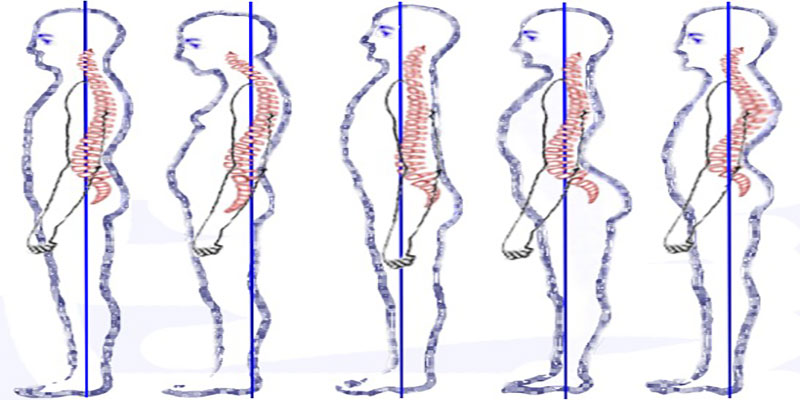Have you ever been prescribed physical therapy for a chronic pain problem only to find it returns after treatment? The problem may lie in the connection between your brain and your posture. Your posture actually says a lot about your brain — areas of brain dysfunction can show up as poor posture and injury due to misalignment.
The brain stabilizes the body and works to make movement as efficient as possible without our conscious knowledge. However, various factors can skew the brain’s communication with the body, resulting in poor posture. These include insult or injury to the brain or body, degeneration from inflammation caused by unhealthy diets and unstable blood sugar, lack of brain stimulation from an overly sedentary lifestyle, and chronic repetitive movements and poor ergonomics.
Even just having your eyes constantly in a downward gaze at a computer screen a couple of feet from your face, instead of outside and scanning your environment, can affect the brain’s function in a way that promotes bad posture.
Posture reflects the brain’s interpretation of where the body is in relation to the world around it. It depends not only on vision, but also on the body’s other senses for feedback. The feet are especially useful in helping the body understand its position. In fact, the skin of the feet communicates with a precise part in the brain, the sensory cortex, which then communicates with the frontal lobe and the cerebellum to direct movement and position, including the position of your head.
However, uneven weight distribution between the feet gives improper sensory information to the brain.
Additionally, poor synchronization between the eyes, which we often find with brain disorders, also sends faulty information to the brain. Every area of the brain is affected by input from the eyes.
Even the jaw plays a role in this input. The position of the lower jaw, teeth and tongue, and whether someone breathes through their nose or mouth all affect how the brain interprets center of gravity and posture.
When the brain integrates all of this off-kilter input, its interpretation of your place in the environment is incorrect. As a result, poor posture and movement imbalances are perpetuated.
Eventually, chronic pain can develop due to misalignment. Rarely do patients with chronic pain have even pressure on both feet or eyes that move in synchrony.
However, with an understanding of how these systems work together, many patients experience significant or total relief of chronic pain and other brain-based issues by addressing these imbalances. In functional neurology we stimulate sensory areas, dampen over active areas of the brain, and use rehabilitative eye exercises to help stabilize and synchronize vision. Together these approaches can change the way your muscles contract, your posture, and your movement.
Chronic pain isn’t the only condition helped. Addressing brain-based causes of poor posture and misalignment also helps in autism, Parkinson’s, movement disorders, anxiety, and brain injury recovery.
In addition to using functional neurology, you can better activate the sensory input areas of your brain to improve your posture by walking barefoot, or in shoes that are close to barefoot, doing balance exercises (especially in conjunction with reciting the months of the year or the alphabet backwards), getting up to move around every hour for a few minutes, and spending time outside looking into the distance and visually tracking different targets.
Ask my office for more advice on how to improve your posture and other conditions by addressing your brain health and function.


